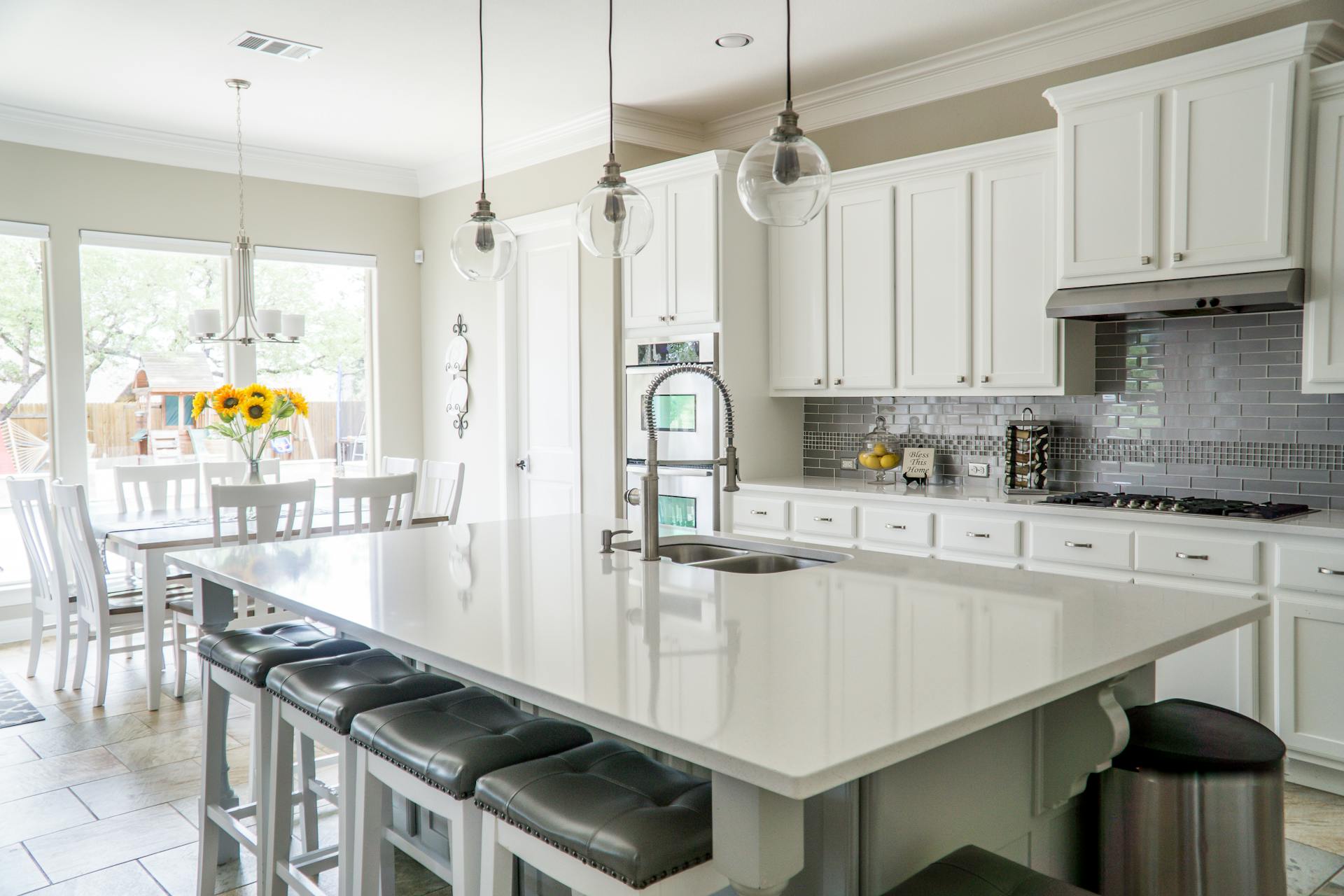They say the kitchen is the heart of the home. It’s where you cook, eat, and spend time with your loved ones. And when it comes to designing a kitchen, one of the most crucial factors is the cabinetry. Kitchen cabinets provide much-needed storage space, but they also help set the tone for the room, both aesthetically and functionally.
Whether you’re remodelling your kitchen or building a new one from scratch, choosing the right cabinets is essential. But how do you know what’s right for you? Here’s everything you need to consider.
1. Know What You Need
Instead of diving headfirst into the sea of cabinet styles and colors, first assess your needs. How much storage space do you require? Do you prefer drawers or cabinets? What style do you like? Do you lean toward modern or prefer the classics? Answering these questions will help you start narrowing down your options early.
2. Cabinet Types to Consider
Here are the basic types of kitchen cabinets you should be aware of:
Base Cabinets: These are cabinets that sit directly on the floor and support your counters. They’re where you store larger items, like pots, pans, and other cooking equipment.
Wall Cabinets: Hung on the walls, these cabinets house your plates, glasses, and pantry goods, allowing for easy organization and access.
Tall Cabinets: Tall cabinets, or pantry cabinets, are perfect for food, cleaning supplies, and other household goods. They might also house built-in ovens and microwaves. Click here to see more options.
3. Functionality and Features
There are a number of cabinet features you can add to improve functionality. Consider what you don’t like about your current space and what will make that go away. For example, the soft-close drawer feature means the drawers and doors won’t have to slam shut, which can save the fronts, prolonging the life of the cabinet.
The pull-out shelf feature means getting to the back of cabinets easily without removing everything in the way. The Lazy Susan feature provides you with effortless access to hard-to-reach places. Dividers and built-in organizers help keep everything in its place, which makes storing a cooking pan and utensils a breeze.
4. Think about the Style
The style and finish will set the tone for your entire kitchen. The following are some to consider:
Shaker: The shaker style consists of simple lines that are clean and unadorned. It has a lot of flexibility in style and is not limited anywhere. The style can work in different kitchens, whether traditional or modern.
Raised Panel: This style has a raised center panel that is more ornate looking than a shaker or a slab. It can fit into a traditional or farmhouse-inspired kitchen.
Flat Panel: The flat panel option falls into the slab category and has a clean modern look. It obviously works for contemporary kitchens.
Beadboard: Beadboard has vertical grooves that are a little more detailed than a slab but not quite as detailed as a raised panel. Beadboard works in more traditional-inspired kitchens.
If you plan to paint, stain or gloss varnish your cabinets, you need to have a plan for the color you are choosing. That’s right; when you purchase a kitchen cabinet, the job doesn’t end with the installation. You will need to factor in the color of your countertop and floors during the purchase.
5. Budget Considerations
Cabinets are one of the biggest tickets in a kitchen budget but there are ways to keep the cost down. Be sure to set a budget before you start looking and stick to it. Custom cabinets are the most expensive option, whereas stock and semi-custom are less expensive. If you are looking for cost effective options, prioritize where you need the most storage or the biggest impact. Then, look at other areas where you may be able to save.
6. Making the Purchase
After you’ve narrowed down your selections and have a budget to work with, it’s finally time to go through with your purchase. Remember, this is an investment in your home. So, choose the best cabinets that you can afford without sacrificing quality, beauty, and happiness.
If you are prepared to purchase, make sure you choose a vendor that can help you pick one suitable for your style and budget. If you pick the right cabinets, you’ll end up with a lovely and organized space that your family will appreciate for years.
7. Installation and Maintenance
The last step in the guide is the installation. It is as important as the rest, if not more, whether you’re using the assistance of a professional or installing it yourself. Make sure every part fits securely and stands leveled. Should you have them installed professionally, they can also advise you on the care and upkeep.
For easier maintenance, simply clean with a soft cloth and a mild detergent to remove dirt and build-up, keeping it sparkling and fresh looking. Be sure not to use abrasive sponges or harsh cleaners to avoid scratching or any form of damage to the cabinet’s finishing. To understand how long it takes to replace it, check out this resource: https://www.revive.realestate/.
Conclusion
Take your time to make a decision when choosing a kitchen cabinet, especially if you have great need for it, not just for aesthetics. Consider your needs, the material, the style that you are aiming for, as well as the features it has.
That said, remember to make a budget that works. Don’t overshoot but don’t go for ridiculously cheap options because they will wear out in no time. What are you waiting for? Go out and purchase a kitchen cabinet that fits your style.

